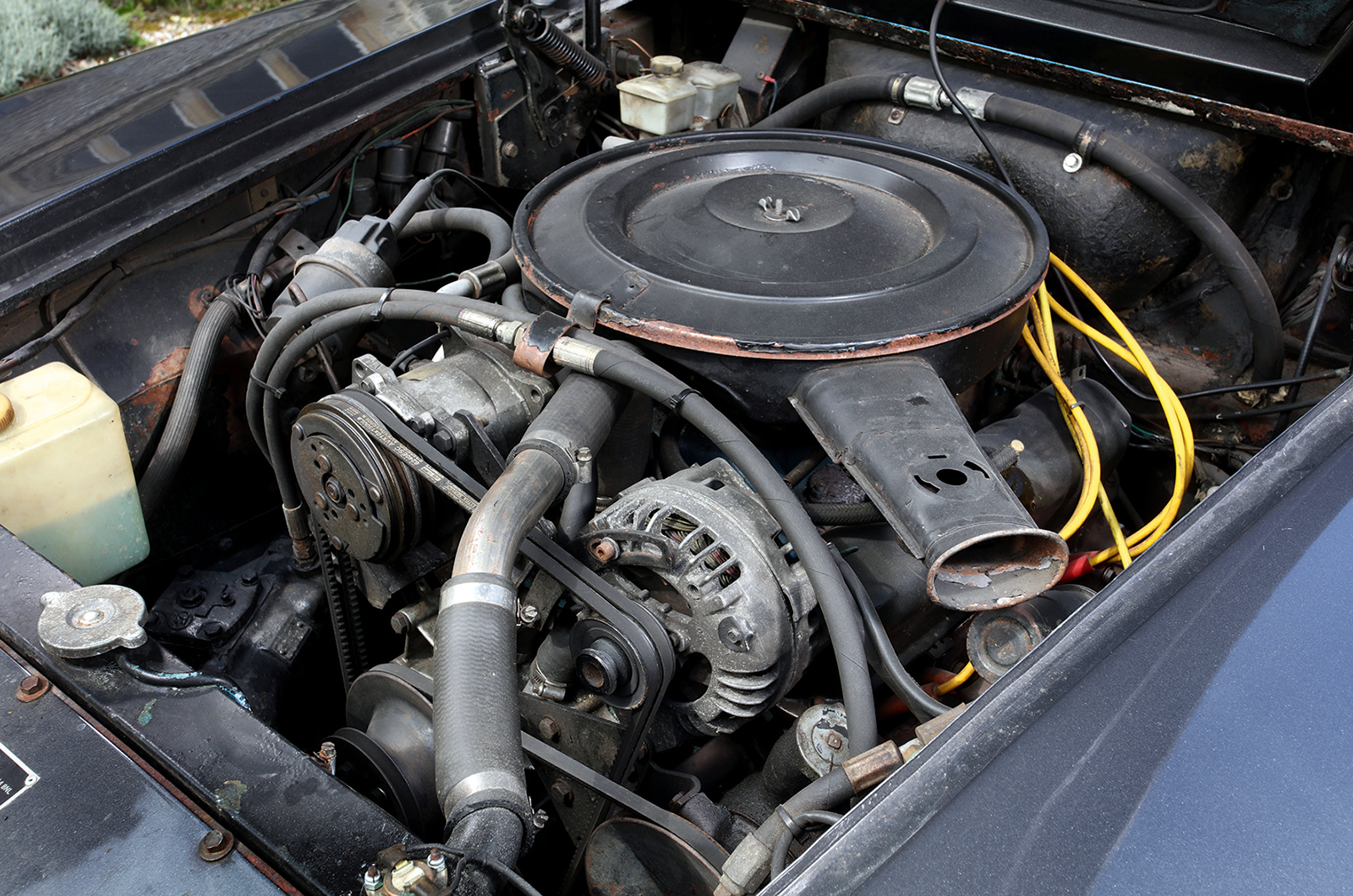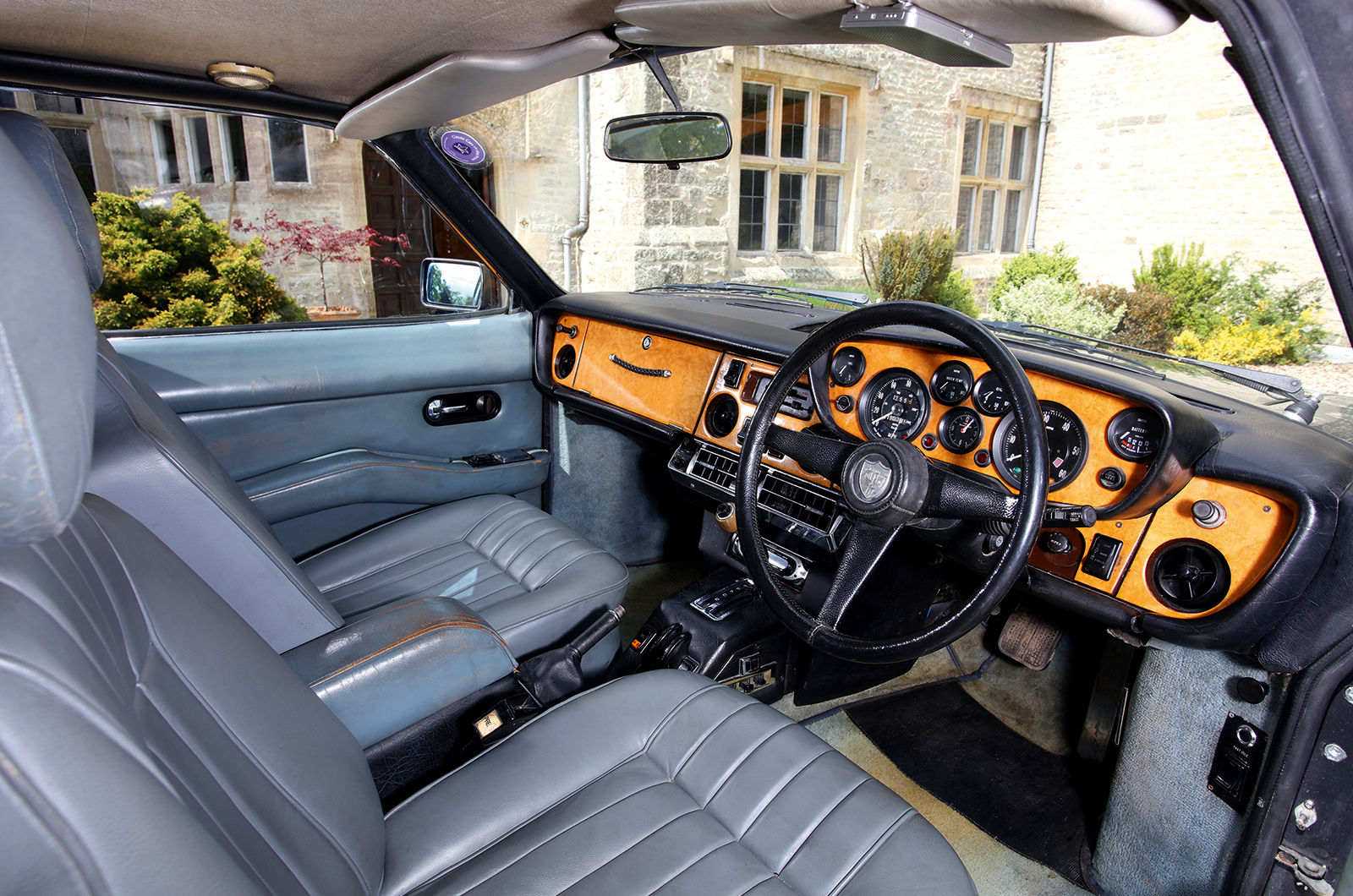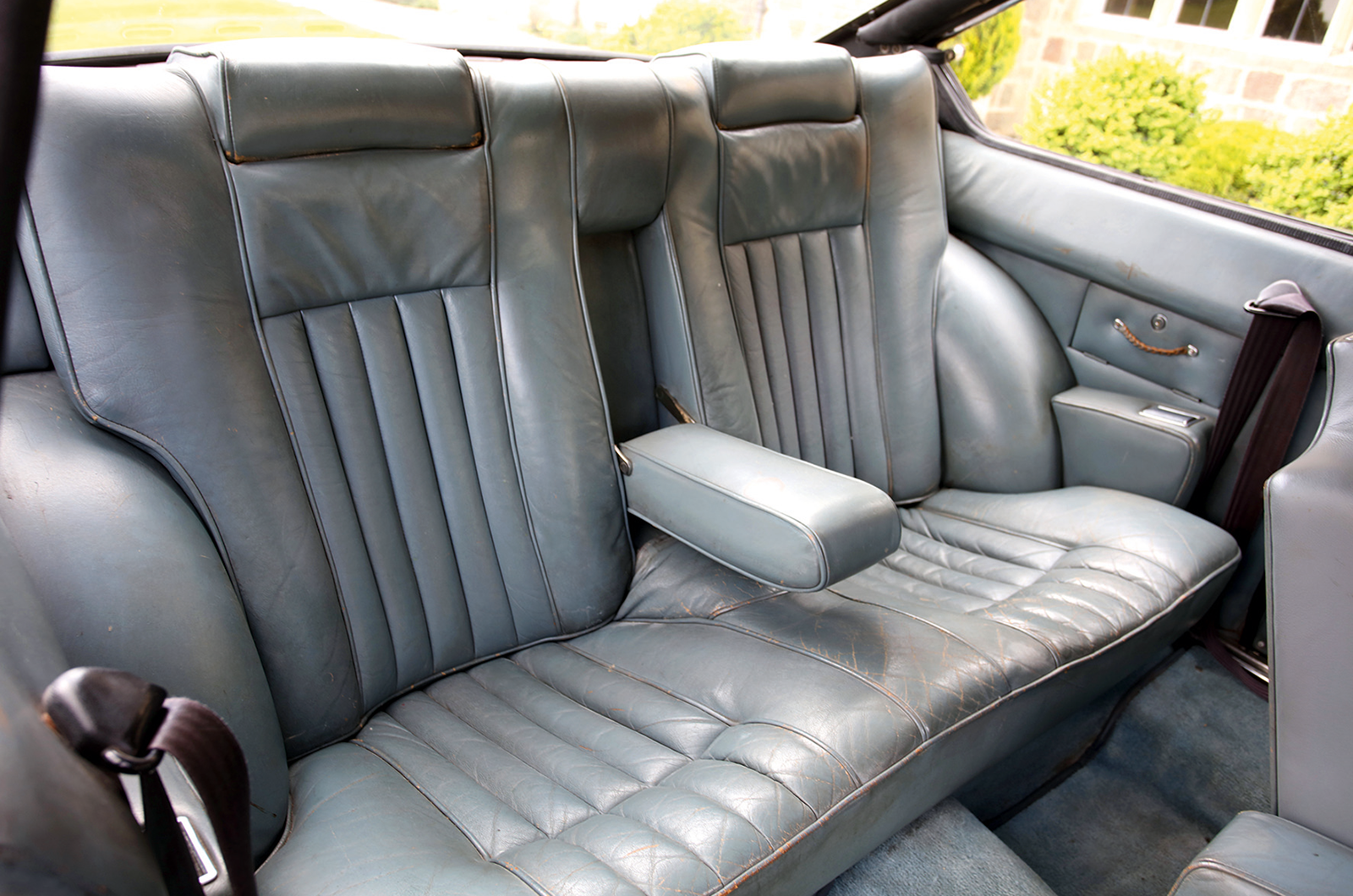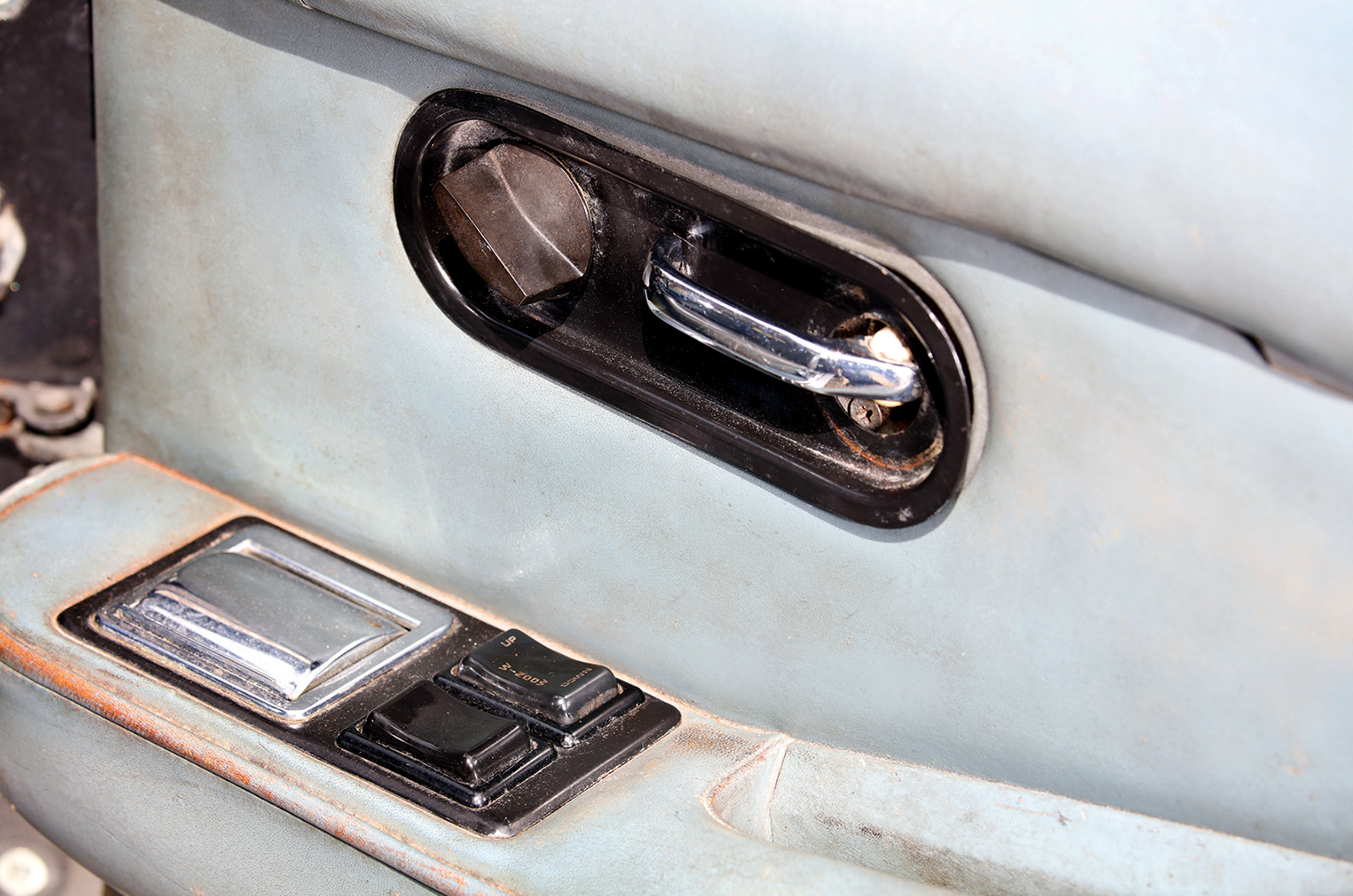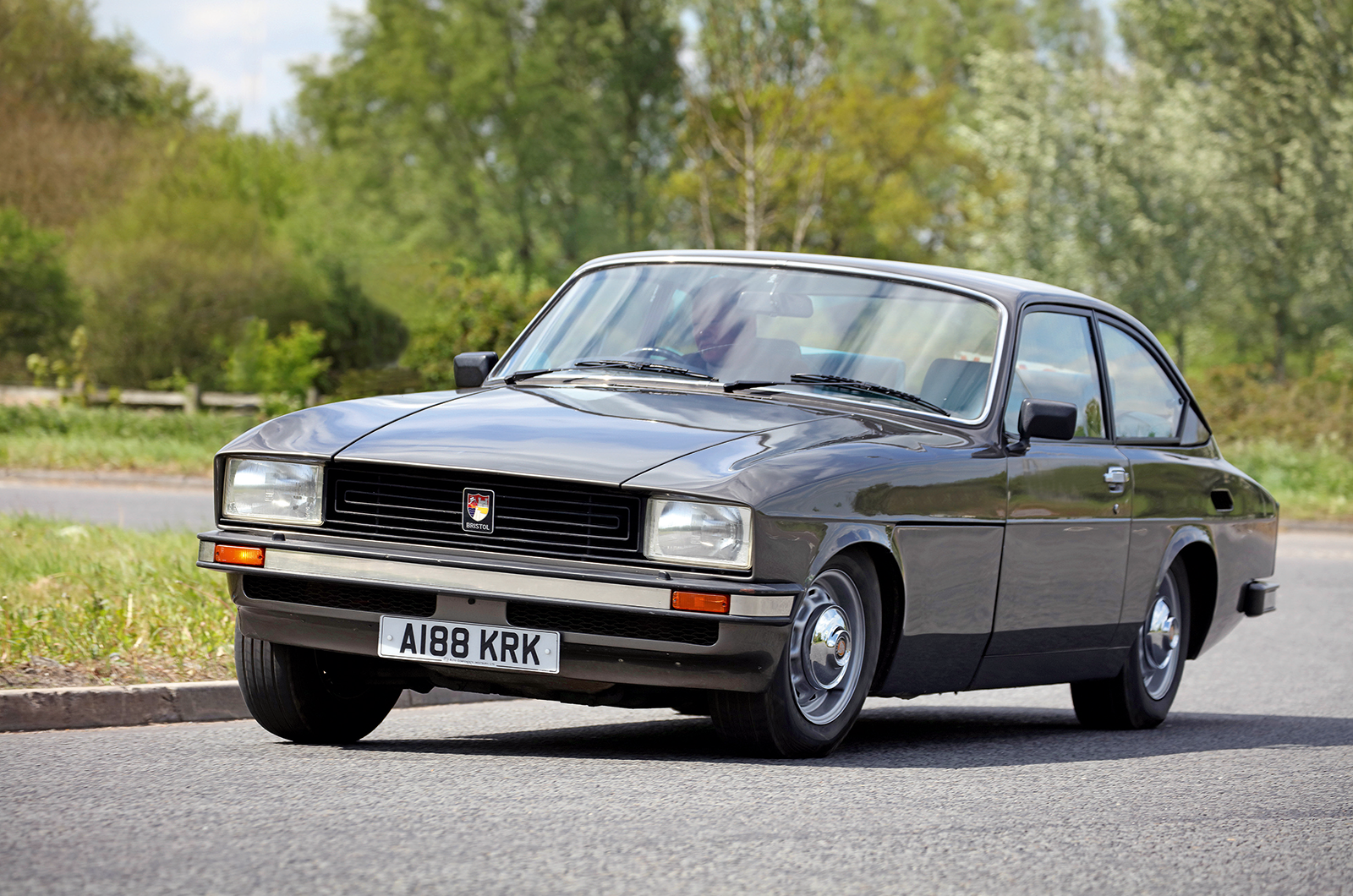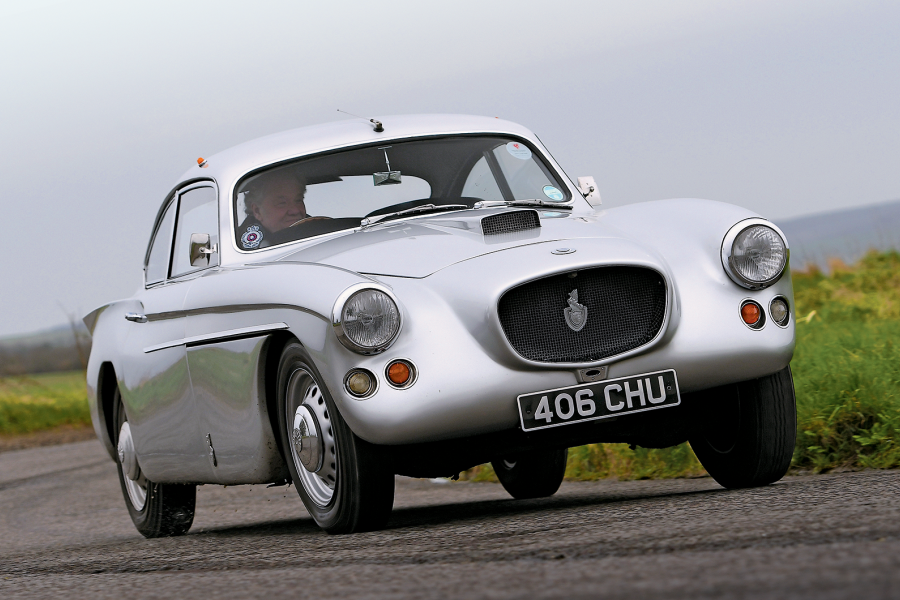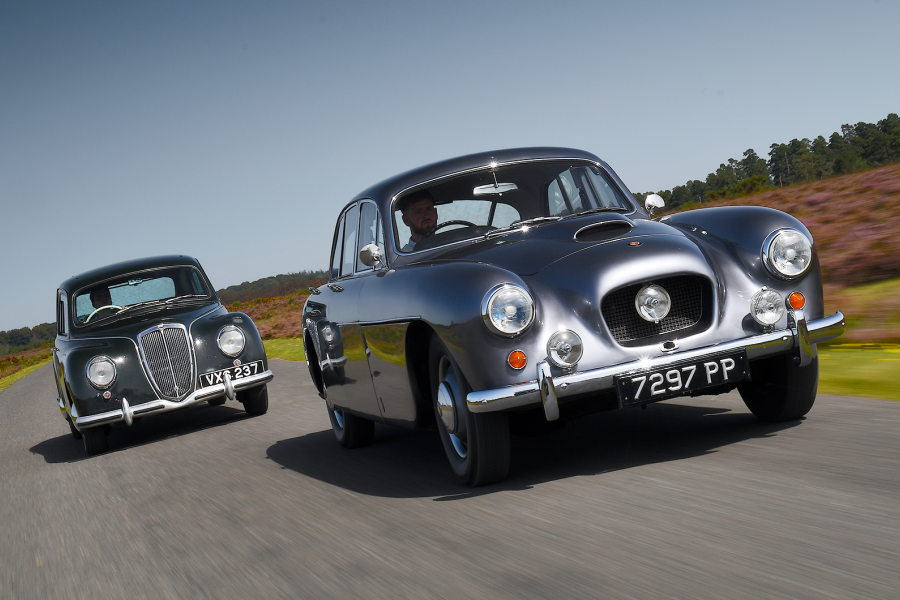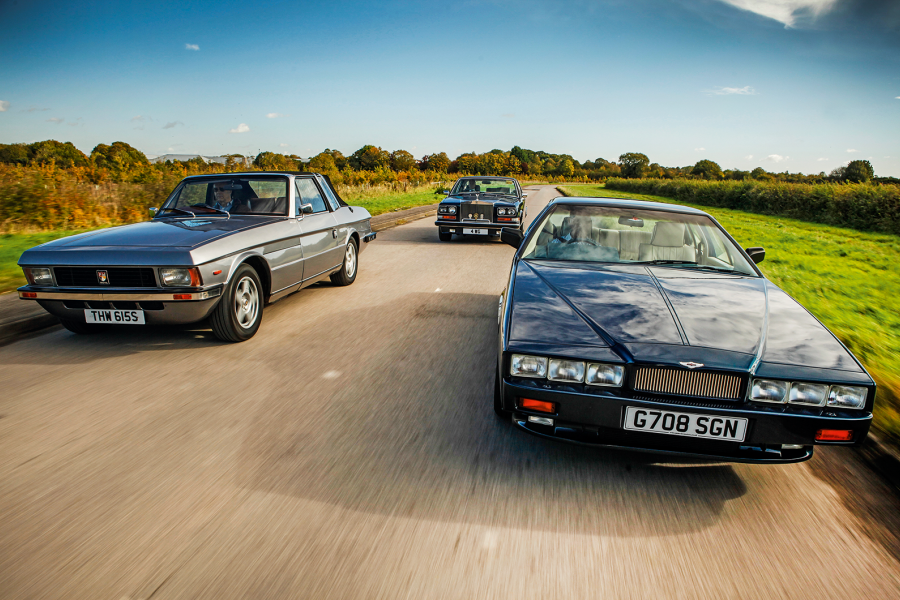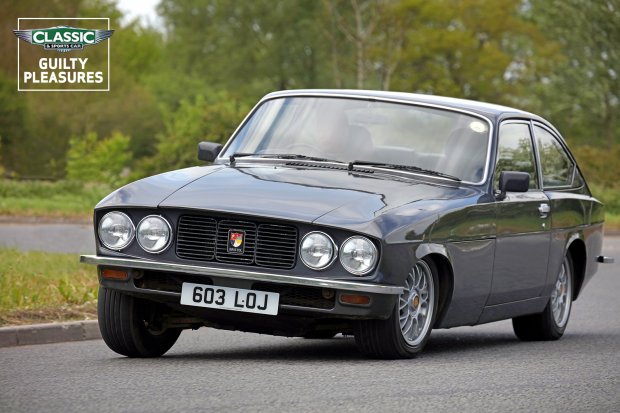
It’s taken more than 40 years but I have finally, too late, reconciled myself to the shape of this car just as it goes beyond my budget.
Somehow, the charm of the Bristol 603 – like so many of life’s better things – has quietly crept up on me over the decades, to the point where it seems to encapsulate the very essence of this marque’s curious appeal.
There are prettier Bristols, rarer Bristols, faster Bristols: but I’m here to make a case for the 603 as the most interesting of the V8s, certainly the most underrated.
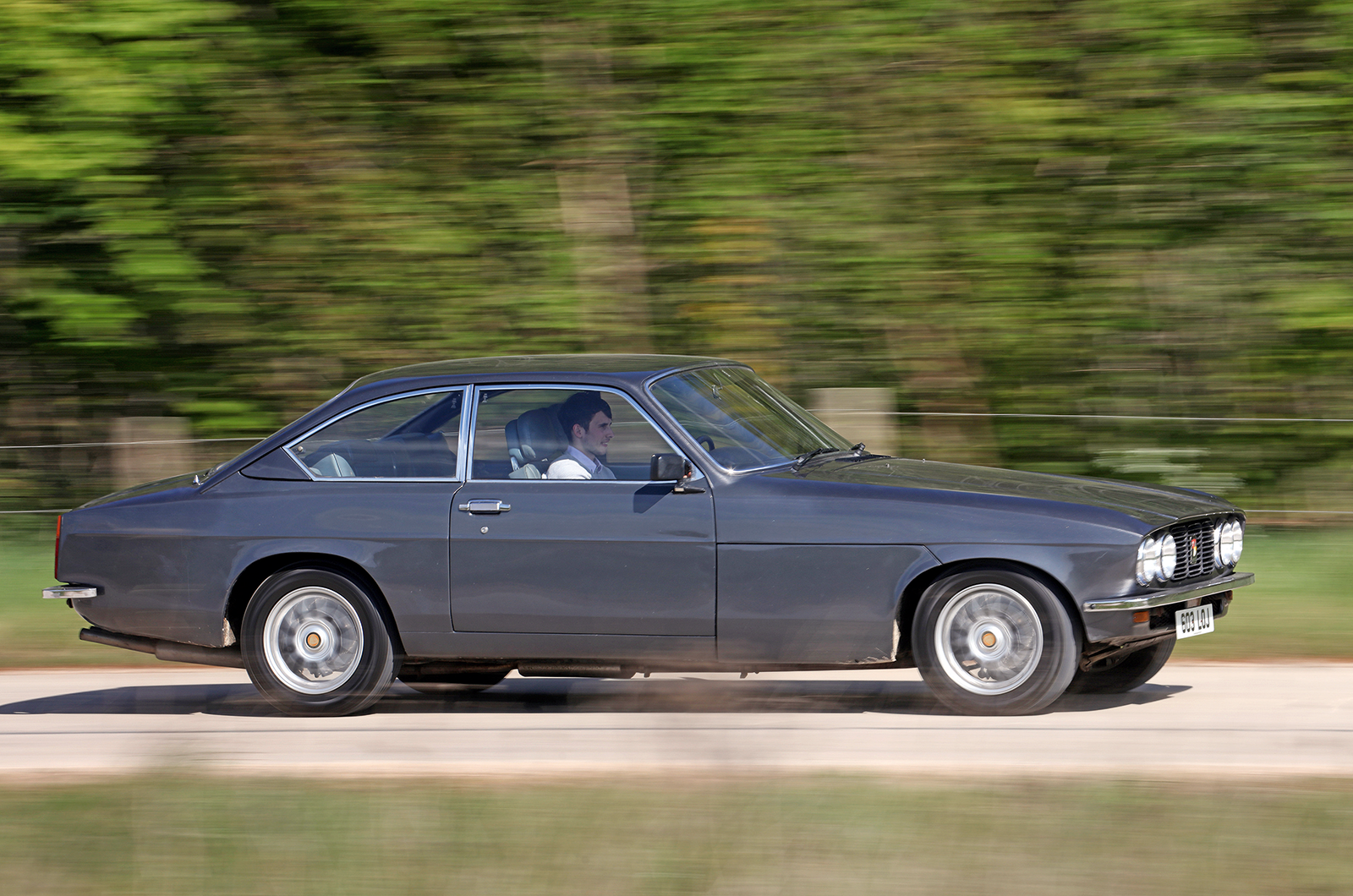
Strong grip gives the 603 a fine ride
A simpler and sturdier replacement for the 411, the impetus for the 603 was the search for a more modern, roomier and cheaper-to-produce body that could be built in-house by Bristol Cars at Filton, rather than being coachbuilt in London.
Enter, at the 1976 Earls Court Motor Show, the 603, so named in recognition of the City of Bristol’s 603-year-old Royal Charter. Being superstitious, Bristol boss Tony Crook would have regarded the more obvious 413 name as bad luck.

